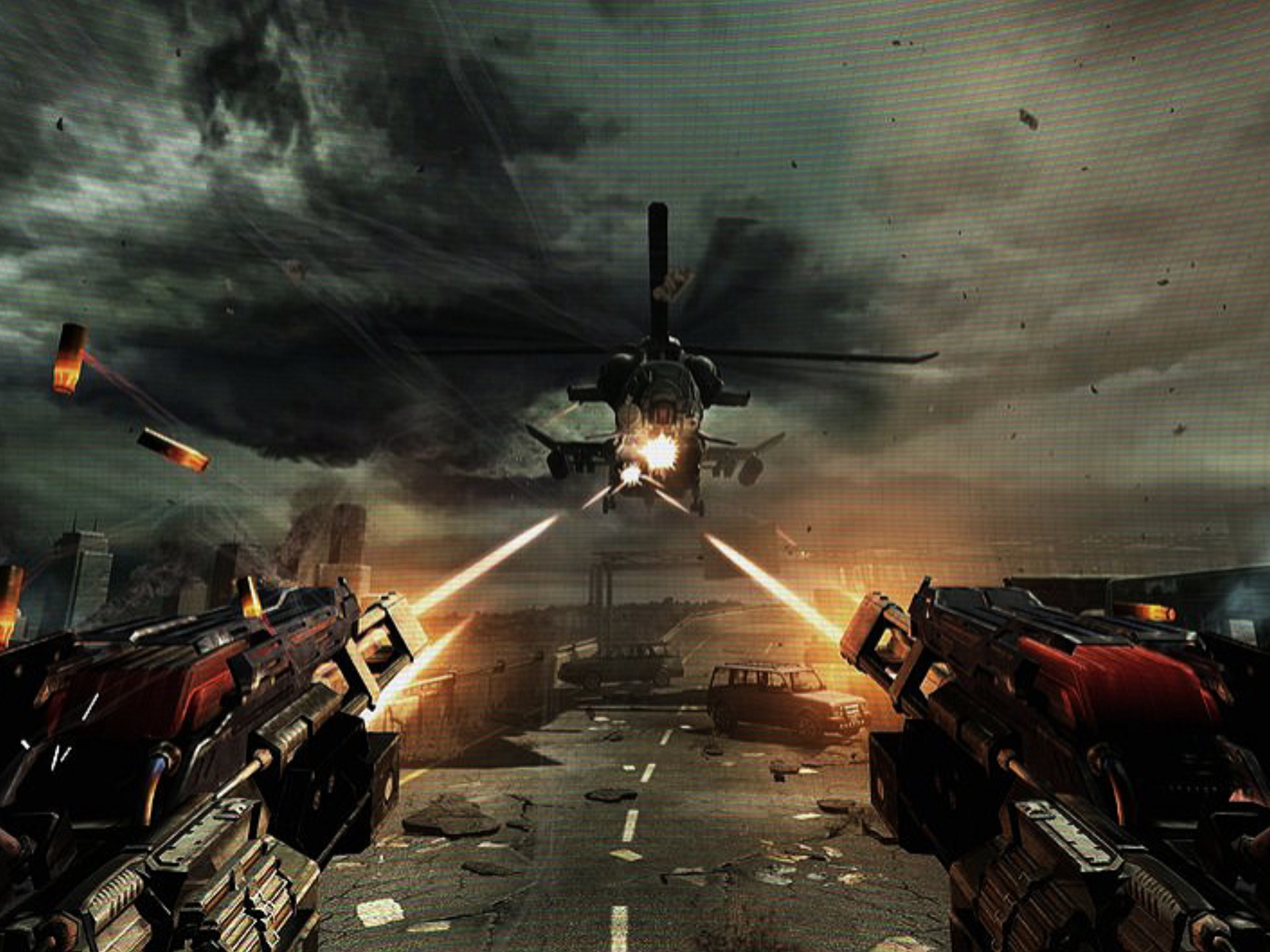Mount Combat: Fun or Unnecessary?
Introduction
Mount combat—whether in video games, tabletop RPGs, or historical reenactments—has always been a divisive topic. Some players find it exhilarating, adding depth and strategy to battles, while others see it as an unnecessary complication that slows down gameplay. This article explores the pros and cons of mount combat, examining its appeal, challenges, and whether it truly enhances the gaming experience or simply adds unnecessary complexity.
The Appeal of Mount Combat
1. Enhanced Mobility and Strategy
One of the biggest advantages of mount combat is the increased mobility it offers. In games like Mount & Blade or World of Warcraft, mounted units can quickly traverse large battlefields, flank enemies, or retreat when necessary. This adds a layer of tactical depth, forcing players to consider positioning and movement speed in their strategies.
2. Immersive Realism
For historical or fantasy settings, mounted combat can enhance immersion. Knights on horseback, chariot races, or dragon-riding warriors contribute to a more dynamic and believable world. Games like The Elder Scrolls V: Skyrim and Chivalry 2 benefit from this realism, making battles feel grander.

3. Unique Gameplay Mechanics
Mounts often introduce unique mechanics, such as charge attacks, trampling, or aerial maneuvers. These can make combat more varied and exciting. In Total War games, cavalry charges can turn the tide of battle, rewarding players who master mounted tactics.
The Downsides of Mount Combat
1. Increased Complexity
Not all players enjoy managing mounts. Controlling both a rider and an animal (or vehicle) can be cumbersome, especially in fast-paced games. Poorly implemented mount mechanics—like awkward turning or dismounting delays—can frustrate players rather than enhance their experience.
2. Balance Issues
Mounts can create balance problems. If mounted units are too powerful, they dominate the game, making foot combat obsolete. Conversely, if they’re too weak, players ignore them entirely. Games like For Honor struggled with this early on, where cavalry in large-scale modes felt either overpowered or useless.
3. Limited Applicability
Not every game benefits from mount combat. In tight, close-quarters environments (like dungeon crawlers or urban shooters), mounts may feel out of place. Even in open-world games, if traversal is already smooth (e.g., Spider-Man’s web-swinging), adding mounts might be redundant.
Is Mount Combat Worth It?
The answer depends on execution. When done well—like in Red Dead Redemption 2 or Shadow of the Colossus—mount combat feels natural and rewarding. However, if poorly implemented, it becomes a tedious gimmick.
Tips for Better Mount Combat Design
- Intuitive Controls – Mounts should feel responsive, not clunky.
- Balanced Strengths & Weaknesses – Mounted units should have clear advantages but also vulnerabilities (e.g., slower turning, dismount penalties).
- Meaningful Choices – Players should decide when to use mounts, not feel forced into it.
Conclusion
Mount combat can be a thrilling addition to games when designed thoughtfully. It offers strategic depth, immersion, and unique mechanics—but only if it complements the core gameplay rather than complicating it. Whether it’s "fun" or "unnecessary" ultimately comes down to execution.
What’s your take? Do you love charging into battle on horseback, or do you prefer keeping your fights on foot?
Tags: #Gaming #MountCombat #GameDesign #StrategyGames #RPG #VideoGames


















